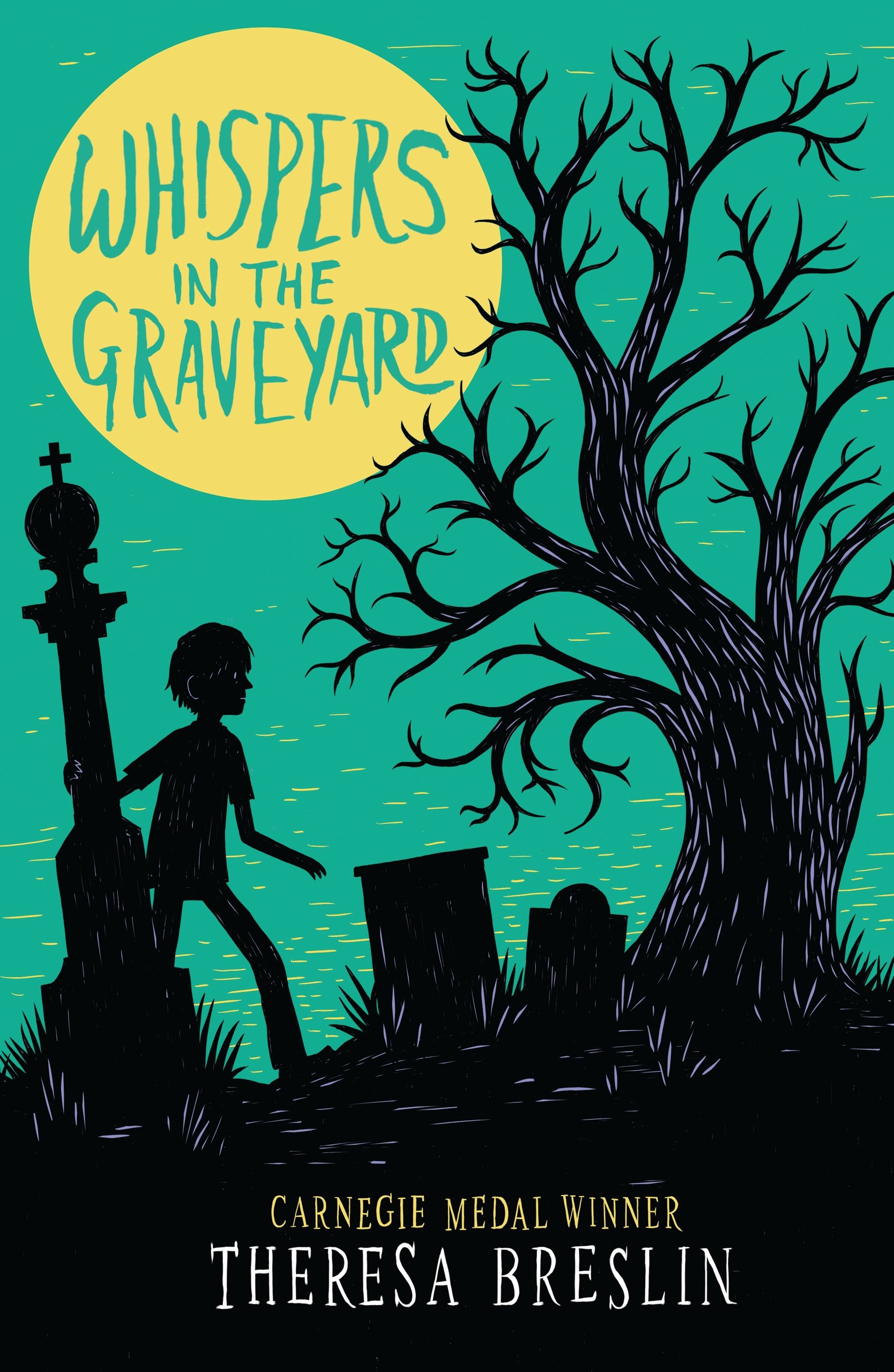The author’s highly intelligent and compassionate insight into the complex problems of a dyslexic boy is astonishing. The tale is powerful, moving and skilfully told. Anne Seraillier, New Windmills Founding Editor
Theresa Breslin is an important voice in children’s literature…
TIMES Report from the Carnegie adjudicators.
…essential reading…
TELEGRAPH
Totally convincing… gripping to the last.
THE GUARDIAN
…a terrific read…
THE DAILY TELEGRAPH
…breathtaking…
THE TIMES
…compelling, full of courage and emotion…
Report by the children asked to shadow the Carnegie Medal THE DAILY TELEGRAPH
A riveting book.
YOUNG TELEGRAPH
…exhilarating energy…
NEW STATESMAN
…quality etched right through…
BOOKS FOR KEEPS
A cracking, spine-tingling tale.
SHE
…one of those rare books that makes you want to put your life on hold for as long as it takes to finish it. …formidably good writing, full of wit and wisdom, from which children will go away encouraged rather than demoralised at the possibilities of the human condition.
INDEPENDENT WEEKEND
Breslin leaves her readers on the edge of their seat, gripped by the storyline and unable to put the book down.
THE OXFORD TIMES
…wonderfully literary…
CHILDREN’S BOOKS IN IRELAND
…powerful…
READING ASSOCIATION NEWSLETTER USA

